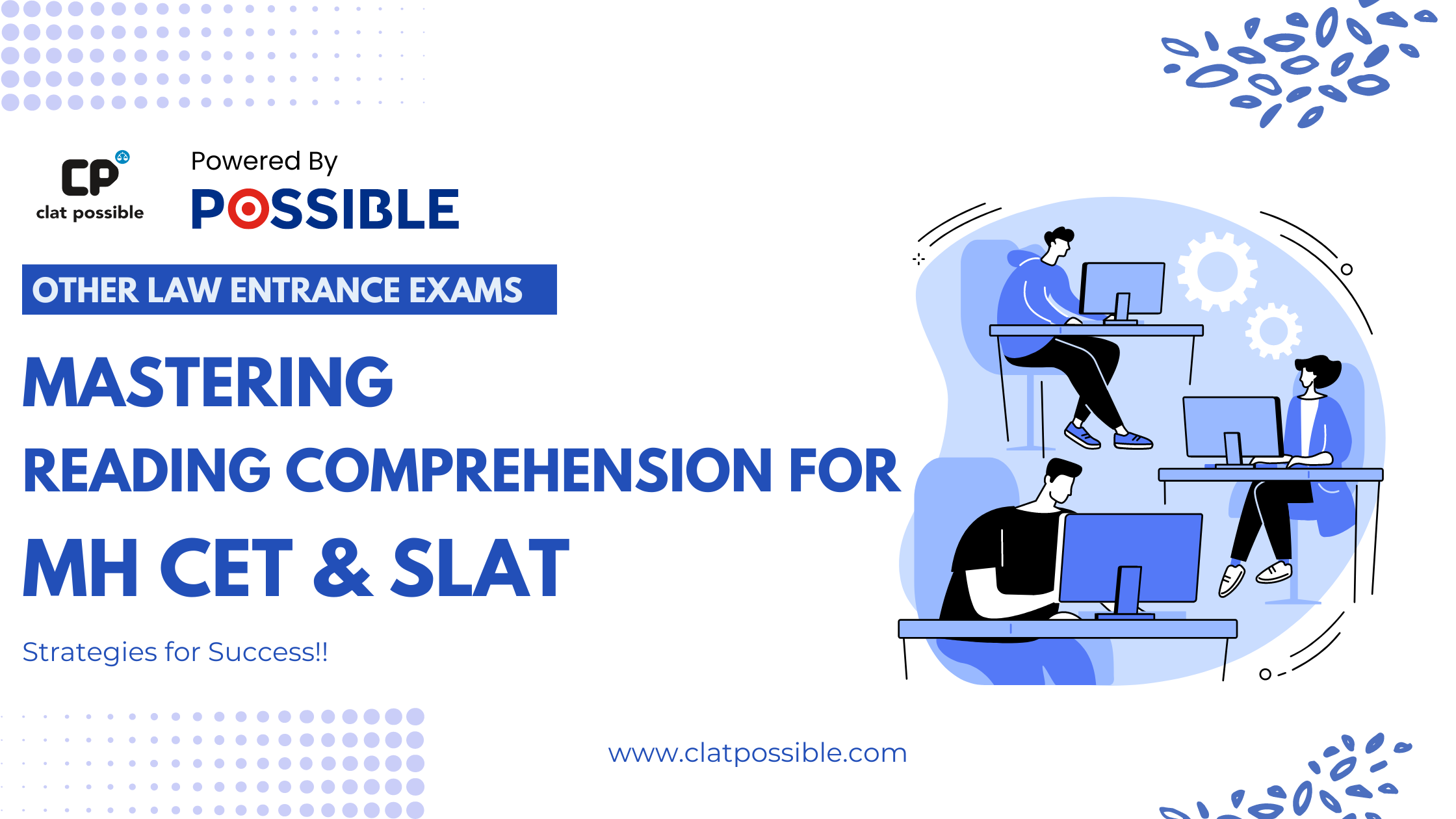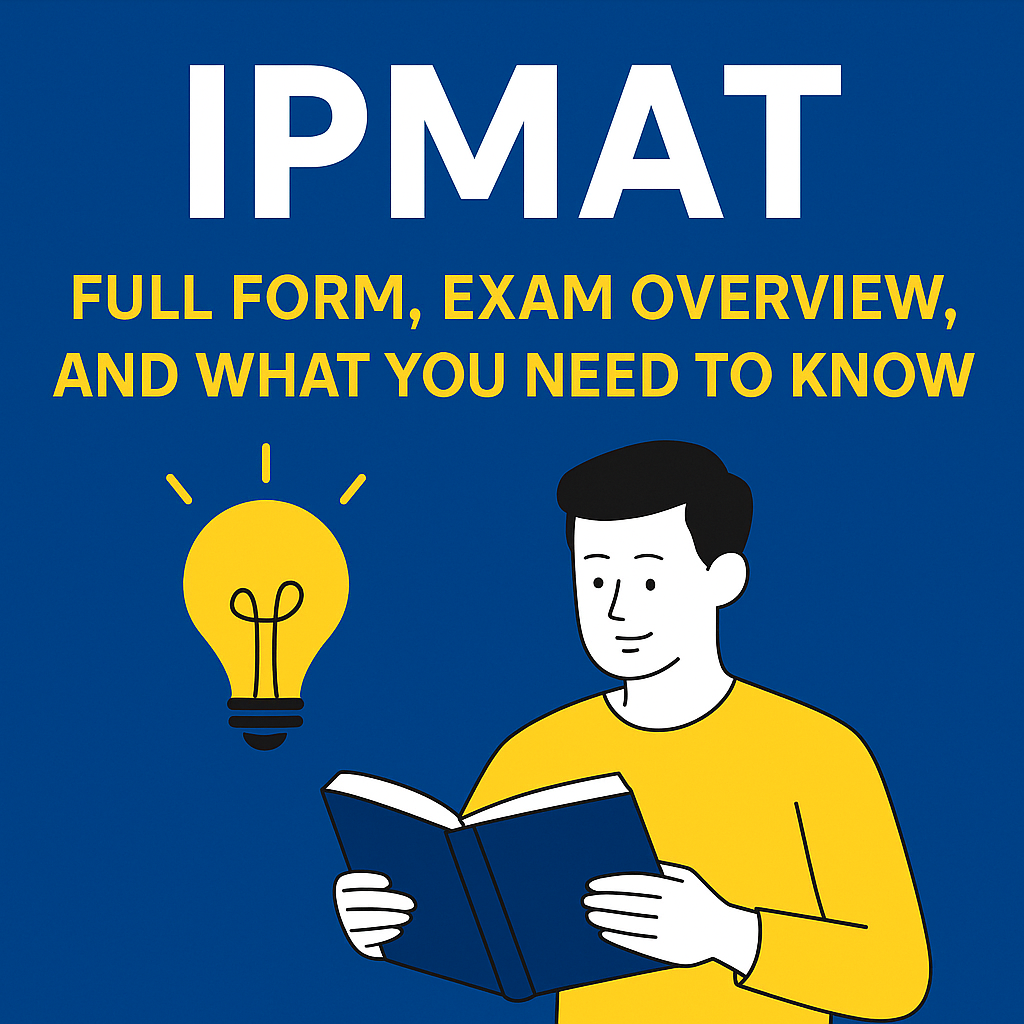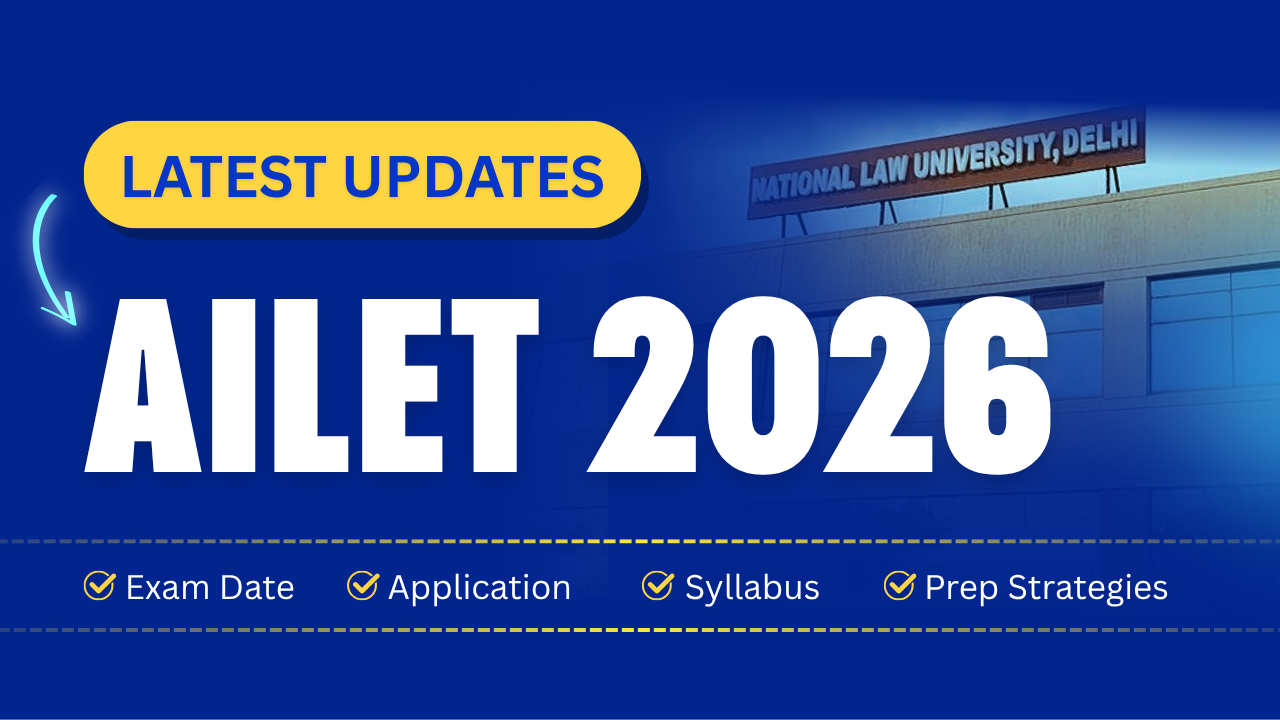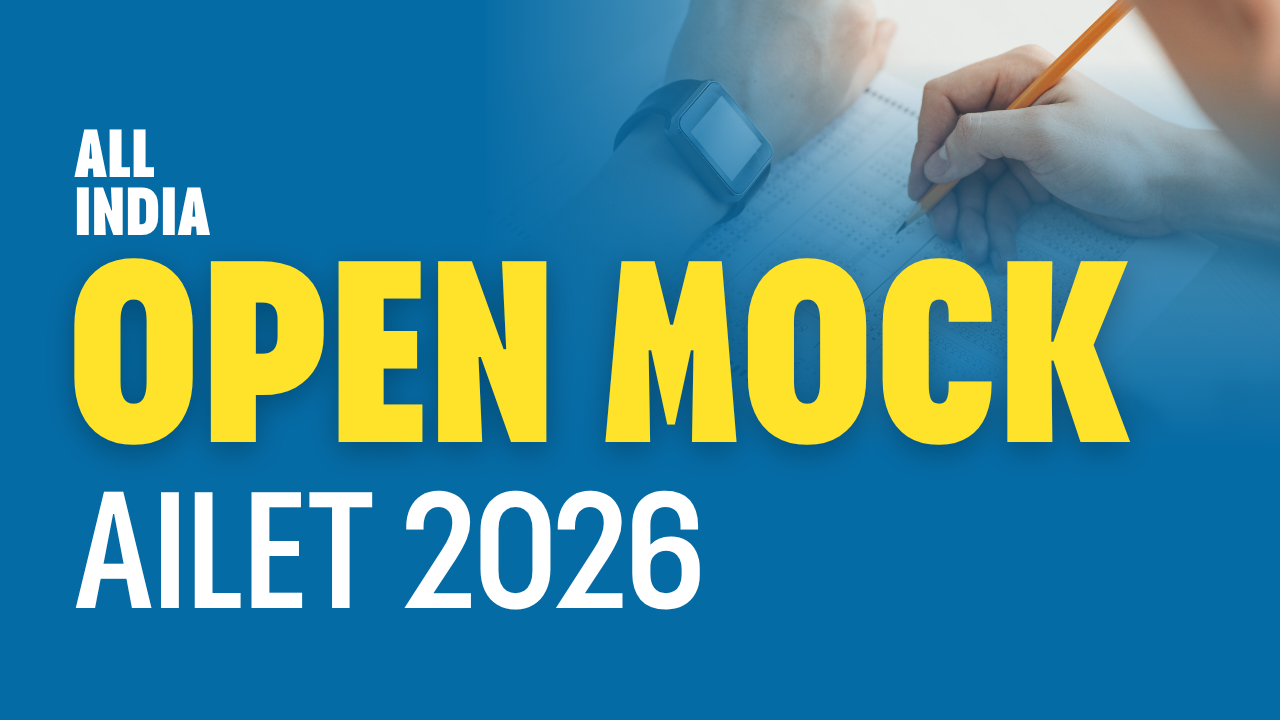By I Jan 20, 2024

Reading comprehension is a pivotal skill in exams like MHCET and SLAT, where understanding and analyzing texts are critical for achieving high scores. It’s not just about reading words on a page; it's about interpreting, inferring, and critically evaluating the material. The ability to comprehend and dissect texts is a skill that benefits students far beyond the exam hall. In this guide, we'll explore unique strategies that draw from proven learning methods, aiming to enhance reading comprehension for these competitive exams.
Introduction
Reading comprehension is more than just an academic requirement; it's a fundamental tool for lifelong learning. In the context of competitive exams like MHCET and SLAT, it takes on an even greater significance. These exams test not only a student's ability to understand written material but also their capacity to analyze, synthesize, and apply this information effectively. This skill set is critical in navigating complex questions and interpreting diverse forms of texts, from analytical essays to intricate narratives.
With the right strategies, students can transform their approach to reading, moving from passive absorption to active engagement with texts. The goal is to build a toolkit of skills that enable students to decode and understand any piece of writing, regardless of its complexity. Let's delve into these strategies, each designed to enhance different facets of reading comprehension.
1. Contextual Learning
Understanding the background or context of a text is crucial. Before delving into a specific topic, such as environmental science, students should explore related general knowledge. This could involve watching documentaries or reading introductory articles to build a foundational understanding.
2. Active Summarization
Instead of passively reading, students should practice active summarization. This involves jotting down key points or creating mind maps as they read. For instance, after reading a chapter, students could write a brief summary in their own words, focusing on the main arguments and supporting evidence.
3. Digital Integration in Learning
Utilizing digital platforms can make reading more interactive and engaging. Educational games or apps that combine reading with interactive challenges can be particularly effective. For example, students might play a game where they need to solve puzzles based on their understanding of a passage.
4. Visualization Techniques
Encouraging students to visualize what they read can greatly aid comprehension. After reading a passage, they could draw a scene or diagram the flow of events or concepts. This approach is especially useful for visual learners and helps in retaining information.
5. Expanding Vocabulary
A robust vocabulary is essential for understanding complex texts. Students should regularly learn new words and practice using them in sentences. Teachers could introduce a 'word of the day' and encourage its use in class discussions.
6. Critical Analysis Practice
Students should practice critically analyzing texts. This involves questioning the author's intent, identifying any biases, and discussing the implications of the text. For instance, after reading an editorial, students could debate its perspective and effectiveness.
7. Interactive Q&A Sessions
Regular question-and-answer sessions can sharpen comprehension skills. These sessions should encourage students to delve deeper into the text, exploring themes, characters, and narratives. Teachers can use open-ended questions that require students to substantiate their answers with text references.
8. Collaborative Learning
Group discussions and peer teaching can be very effective. Students can take turns leading discussions on different passages, fostering a deeper understanding through shared insights. This method also helps in building confidence and communication skills.
9. Focused Synthesis
Teaching students to synthesize information is key. They should learn to connect different ideas within a text and relate them to external knowledge. This skill is particularly important for writing essays and understanding complex materials.
10. Predictive Reading
Encouraging students to predict future events or concepts in a text can engage them more deeply. This could be as simple as guessing what happens next in a story or anticipating the conclusion of an argument in an essay.
WATCH THE FULL IN DEPTH VIDEO ON READING COMPREHENSION TIPS AND TRICKS FOR MH CET AND SLAT EXAM BELOW,
FAQs
Q: How much time should I dedicate to reading comprehension practice daily?
A: Ideally, devote at least 30 minutes to an hour daily to reading comprehension exercises. Consistency is key in building and retaining these skills.
Q: Can these strategies help in improving speed as well as comprehension?
A: Absolutely. As you become more proficient in comprehension, you’ll naturally start reading faster without compromising understanding.
Q: Are digital resources as effective as traditional reading materials?
A: Digital resources offer a diverse range of interactive and engaging materials, which can be highly effective, especially when combined with traditional reading methods.
Q: How can I measure my progress in reading comprehension?
A: Regular practice tests and quizzes are great ways to measure progress. Also, self-assessing your understanding of a text after reading can provide insights into your improvement.
Q: Should I focus on specific types of texts for MHCET and SLAT exams?
A: While it’s beneficial to familiarize yourself with the types of texts that commonly appear in these exams, it’s also important to diversify your reading to build a broader skill set.
Join our CLAT Possible course to access tailored reading comprehension strategies, expert guidance, and extensive practice materials. Empower your exam preparation journey with us – enroll now for a comprehensive learning experience!
For more informative blogs, Click Here!



